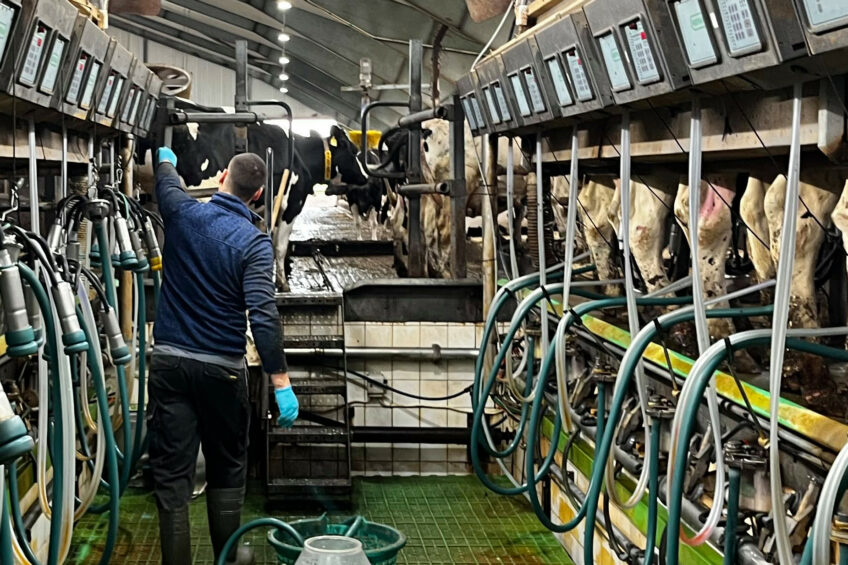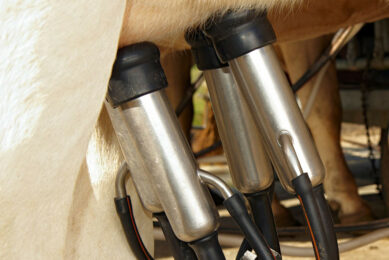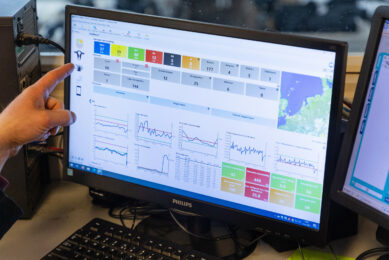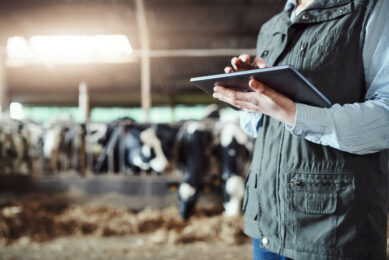From cow to cloud – the rise of smart milking systems (Part 1)

Once upon a not-so-distant morning, a dairy farmer like ‘Johan’ would walk into his parlour guided by nothing but experience, instinct, and maybe a notebook with smudged notes and a coffee stain or two. Fast forward to today and Johan’s smartphone buzzes with an alert: ‘Cow #278 is showing early signs of mastitis. Recommend testing before evening milking.’
This isn’t a sci-fi script. It’s the daily reality of precision milking technology. Welcome to the era where milking moves from muscle memory to machine learning, and where every cow tells her story – and someone is actually listening.
Part 1: The revolution begins
The dawn of the digital dairy
Smart milking systems aren’t just upgrades – they’re quiet revolutions humming behind the barn doors. They turn cows into data points, milk flow into performance analytics, and the parlour into a nerve center of optimisation.
Instead of relying on guesswork, farmers now have access to real-time data on:
- Milk flow (mL/min)
- Electrical conductivity (mS/cm)
- Vacuum levels (kPa)
- Teat end condition
- Cluster-on time
- Yield per quarter
Each reading tells a story. Maybe a subtle drop in flow rate warns of stress. Maybe conductivity hints at subclinical mastitis before symptoms arise. Maybe your clusters are staying on too long, risking teat damage – and you wouldn’t know it without the data.
From instinct to insight
Let’s imagine a typical morning: ‘Johan’ walks into his low-line parlour with 500 cows lined up. He opens his dashboard. A red flag appears beside 4 cows: increased conductivity, inconsistent milk-out, and flow rate below their normal average. With one tap, he adjusts the pulsation settings and flags those animals for health checks.
That’s not just efficiency – that’s proactive care. That’s fewer sick cows, less waste, faster milking, and happier herds.
Better for the farmer, better for the planet
Reducing overmilking, improving yield per session, and minimising electricity and water use doesn’t just cut costs – it boosts sustainability.
In one trial, switching to a smart system:
- Cut average unit-on time from 6.8 to 5.4 minutes (21%)
- Reduced SCC from 250,000 to 190,000 cells/mL
- Saved 2.33 hours of labour per milking
But wait – there’s more under the hood
What really makes these systems shine is what happens behind the scenes: real-time synchronisation, predictive alerts, quarter-level analysis, and cloud-based dashboards that learn and evolve.
Want to know how the system knows which cows are at risk, when to detach the cluster, or how to fine-tune performance by milking point? We’ll break it all down in Part 2, where we dive under the hood of smart systems, explore how machine learning works in the parlour, and show you how humans and algorithms are teaming up to build the future of dairy.
Don’t miss it – Part 2 reveals how the magic really happens.










